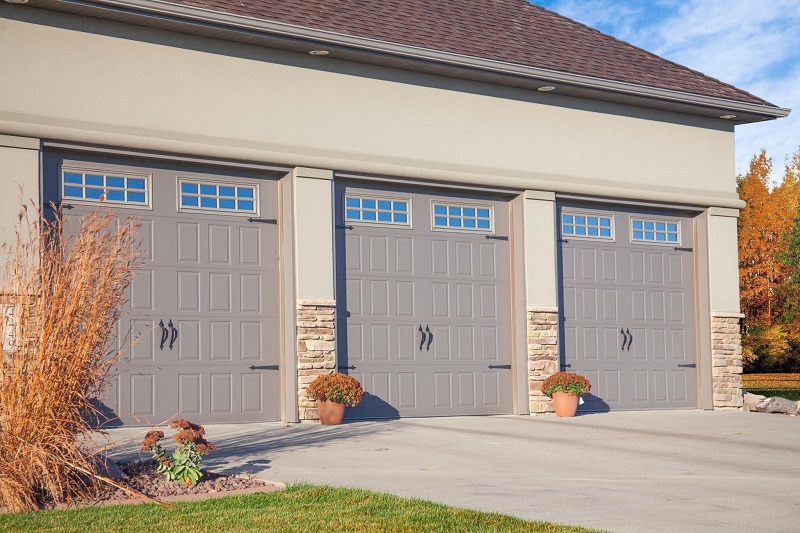Greetings, fellow DIYers and garage aficionados! So, you’ve decided it’s time to replace those trusty garage door springs, but where do you start? Fear not, for we’re about to embark on a journey of discovery, demystifying the world of garage door springs and guiding you through the process of finding the perfect match for your beloved garage door.
Understanding the Basics: Torsion vs. Extension Springs
Before we delve into the nitty-gritty, let’s quickly recap the two main types of springs: torsion and extension.
- Torsion Springs: These coil springs are mounted horizontally above the door and unwind to lift the door. They’re known for durability and smooth operation.
- Extension Springs: Positioned vertically on either side of the door, these springs stretch and contract to provide the necessary force for door movement. They’re often found in lighter garage doors.
Step 1: Identify Your Current Springs
Begin your spring-seeking adventure by identifying the existing springs on your garage door. Note their type (torsion or extension), size, and any markings or color codes. This information is your compass for the journey ahead.
Step 2: Measure Twice, Order Once
Now, it’s time to grab your trusty tape measure. Measure the length of each spring from end to end, ensuring accuracy. Take note of the wire size and inside diameter as well. These measurements are the secret code that unlocks the door to the perfect replacement springs.
Step 3: Spring into Action with the Right Wind
Torsion springs come in two winding options: left-hand wind (LHW) and right-hand wind (RHW). To determine the correct wind for your replacement torsion springs, stand inside your garage facing the door. If the spring is on the left side, it’s LHW, and if it’s on the right, it’s RHW.
Step 4: Check for Cable Drums and Pulleys
Inspect your garage door setup for cable drums and pulleys. These components play a role in the proper functioning of the springs. Take note of their condition and whether they need replacement along with the springs.
Step 5: Seek Professional Advice
If navigating the world of springs feels like uncharted territory, don’t hesitate to seek advice from professionals. Local garage door technicians can provide insights, recommend suitable springs, and even handle the installation if you prefer a hands-off approach.
FAQs: Decoding the Springs Selection Process
Q: Can I use extension springs if I currently have torsion springs?
A: While it’s technically possible, it’s not recommended. Stick with the type of springs your garage door was designed for to ensure optimal performance.
Q: How often should I replace my garage door springs?
A: Garage door springs typically last 7 to 14 years. Regular inspections and prompt replacement of worn-out springs contribute to the longevity of your garage door system.
Q: Can I replace only one spring, or should I replace both at the same time?
A: It’s advisable to replace both springs simultaneously, even if only one is showing signs of wear. This ensures balanced tension and prevents uneven wear on the new spring.
Q: What’s the average cost of garage door spring replacement?
A: Costs vary, but on average, you can expect to spend between $150 and $300 for professional replacement, including parts and labor.
Q: Are there any safety precautions I should take during installation?
A: Safety first! Always follow manufacturer guidelines and, if in doubt, enlist the help of a professional to ensure proper installation and minimize the risk of injury.
Wrapping Up: Springs, Sizing, and Smooth Operations
As we wrap up our guide to selecting the perfect springs for your garage door, remember that size matters, and precision is key. Take the time to measure accurately, choose the right type of spring, and consider seeking professional advice if needed. Your garage door will thank you with smooth and reliable operations for years to come. Happy spring shopping, DIY champs!










